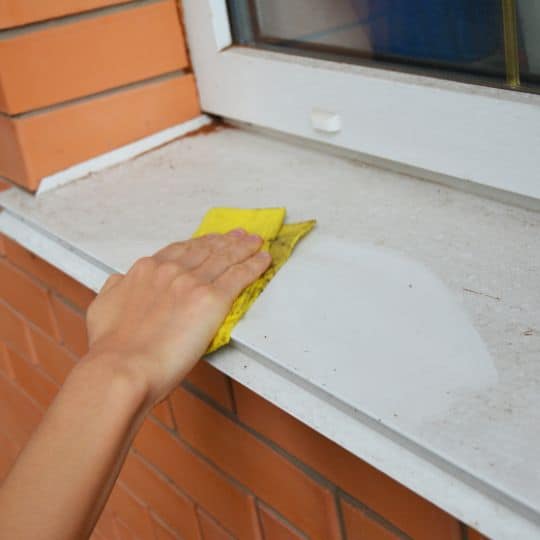Conserving Every Drop: How to Save Water at Home
Table of Contents
it is essential to adopt practices at home to save Water as it is a precious resource and every drop counts. As we become increasingly aware of the importance of water use and conservation, not only does this contribute to a sustainable environment, but it also helps you trim down your water bill. We will explore practical and easy-to-implement tips on how to save water in your home.
Fix Leaks Promptly
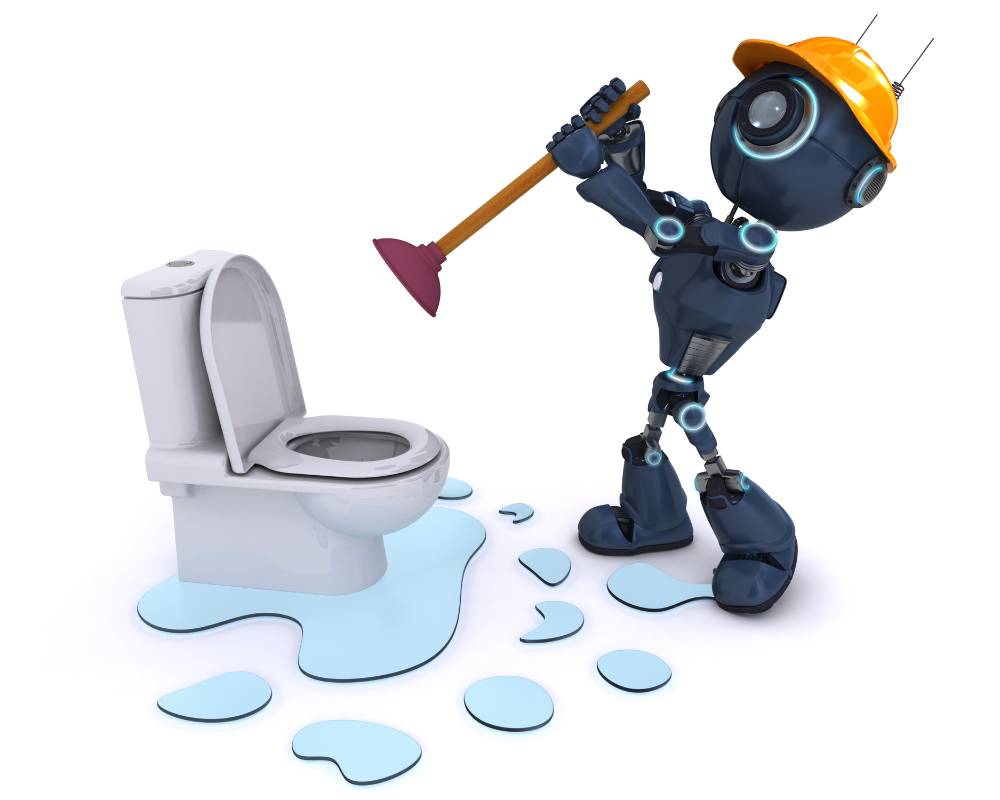
Undetected leaks can cause significant water loss and damage over time, compromising the structural integrity of buildings and increasing the risk of expensive repairs. leading to significant water wastage. Regularly check faucets, pipes, and fixtures for water leaks, and promptly fix any issues you find. This simple step can make a big difference in water conservation. By taking swift action, we demonstrate our commitment to water conservation and responsible stewardship of our environment.
Upgrade to Water-Efficient Appliances
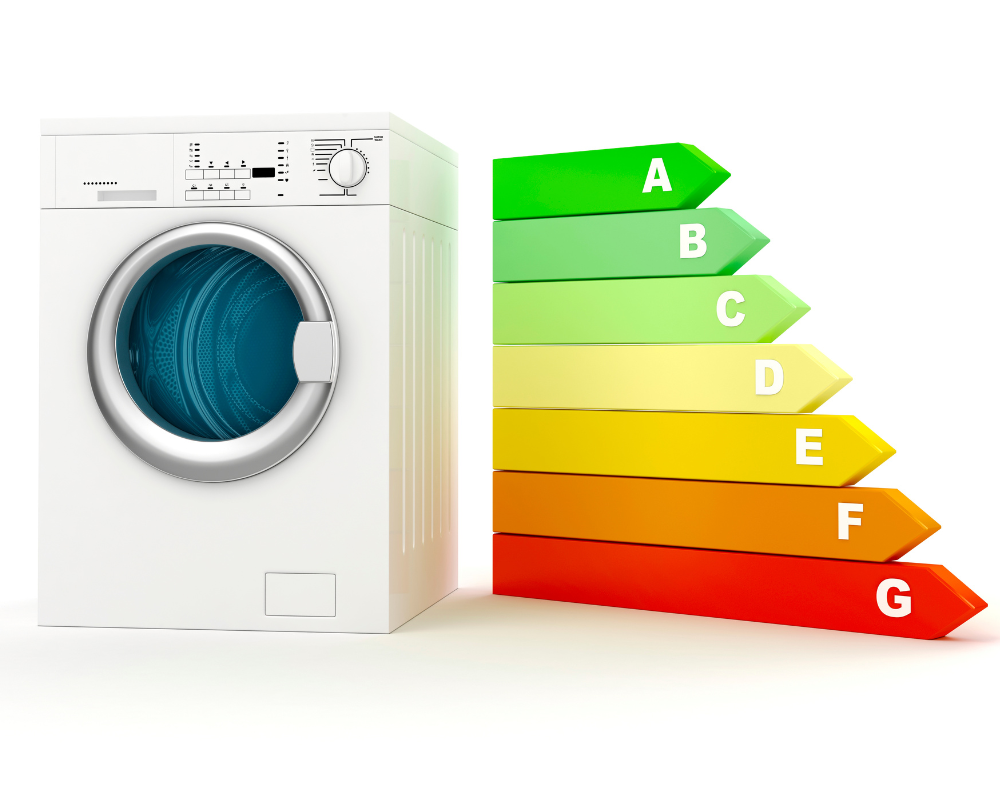
Save water, save the planet! As we become increasingly aware of our environmental impact, upgrading to water-efficient new appliances has never been more crucial. The latest innovations in low-flow toilets, dishwashers, washing machines, and faucets not only conserve precious water resources but also reduce utility bills. Imagine completing a full load of laundry using significantly less water or effortlessly rinsing dishes with minimal waste – that’s the power of modern technology! With options ranging from low-flow showerheads to energy-efficient irrigation systems, there’s an opportunity for every household to make a substantial difference.
Optimize Your Toilet
A toilet bowl is one of the biggest water consumers in a household. A great way is to Install a dual-flush toilet or place a water displacement device in the toilet tank to reduce the amount of cold water flow used per flush. This simple water efficiency adjustment can result in substantial water savings.
Collect Rainwater

Harvesting rainwater is an eco-friendly way to irrigate your garden. Install a rain barrel to collect rainwater and use it for watering plants or cleaning outdoor spaces. This not only can save water but also reduces your reliance on treated water for non-potable purposes. This simple act can have a powerful impact on our environment and our communities and helps to reduce the burden on municipal water supplies, lessen runoff pollution, and lower utility bills.
Daily routines of harvesting rainwater encourage self-sufficiency and resilience in the face of water shortages or droughts. It’s a way for individuals to take control of their own water waste and supply and decrease their dependence on centralized infrastructure. By capturing rainwater directly at its source, we also help recharge groundwater systems and maintain healthy local ecosystems.
Time Your Showers
In an era where climate change is a pressing concern, saving a lot of water has become more critical than ever. One simple yet effective way to conserve this precious resource is by timing your showers. The typical shower can use up to 2.5 gallons of water per minute, so by reducing shower time by just a few minutes, you can make a substantial impact on your water usage. Consider installing a low-flow showerhead and aim for shorter showers.
Timing your early morning showers not only helps save water but also saves energy. Most hot water heaters consume significant amounts of energy, and the longer we spend in the shower, the more energy is being used to heat that additional amount of water. By setting a timer for 5-minute showers and sticking to it, you’ll not only reduce your environmental footprint but also see savings on your energy use and utility bills. It’s a small change with big benefits for both the environment and your wallet.
Only Run Full Loads
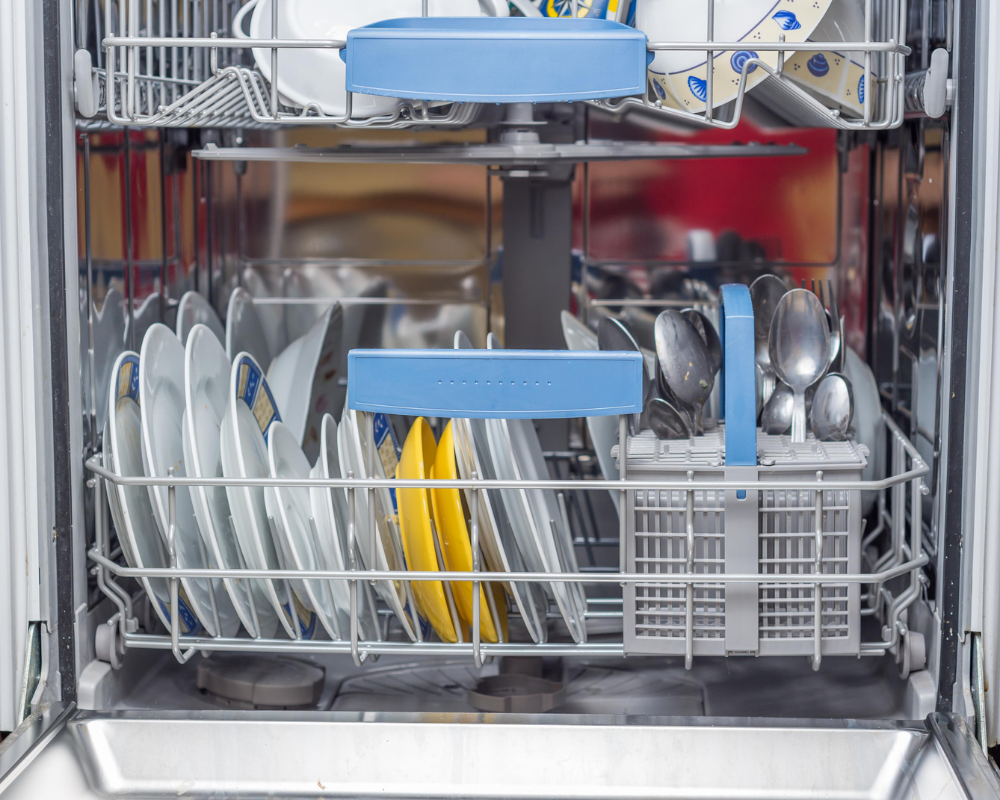
it is a simple but impactful way to reduce your water consumption and minimize your environmental footprint. The average household can save hundreds of gallons of water in simple ways each year simply by being mindful of when they run their clothes washers or dishwashers. By waiting until these appliances are full, you are making the most efficient use of the water supply and energy required for each cycle. When possible, use the eco-setting for the water level on your appliances.
Running full loads also increases the longevity of your appliances by reducing wear and tear from frequent use. Over time, this can translate to significant cost savings from fewer repairs and replacements. Consider reusing towels or clothing items that may not be dirty enough for a full washing machine cycle, further cutting down on unnecessary clean water usage.
Capture Overflow from Faucets
When waiting for water to heat up or cool down, place a container under the faucet to capture the excess water. Use this water for plants, pets, or other non-potable purposes, ensuring that no drop goes to waste.
Capturing overflow from faucets can serve as a reminder of our precious resource’s value and encourage mindfulness in its usage. It prompts us to be more conscious of how much water we actually require for each task and train ourselves to use only what is necessary. In this way, by enacting small changes in our daily habits like capturing faucet overflow, we contribute towards sustainable living without compromising convenience. Let’s take advantage of these opportunities to save every drop as part of our commitment to preserving the environment for future generations.
Mulch Your Garden
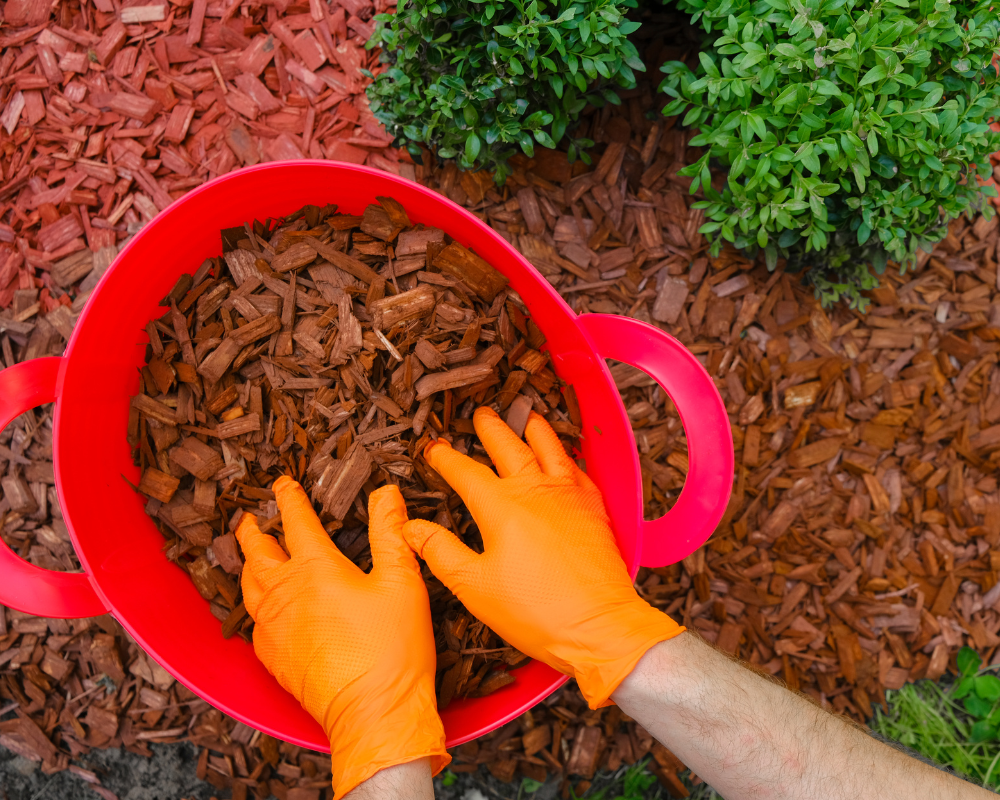
Mulching your garden is not just about creating a visually appealing landscape; it also plays a crucial role in water conservation. By applying a layer of mulch to the soil, you can effectively minimize water evaporation and maintain moisture levels, reducing the need for frequent watering. This simple practice not only saves water but also promotes healthier plant growth by providing a conducive environment for roots to thrive.
In addition to conserving moisture, mulch helps prevent soil erosion and compaction, which can impede the natural absorption of rainwater. Using organic materials such as straw, grass clippings, or wood chips as mulch further enhances the soil structure and encourages beneficial microbial activity.
Conclusion
Conserving water at home is a responsibility we all share. By implementing these simple tips, you not only contribute to a sustainable future but also enjoy the added benefit of lower water bills. Remember, every small effort counts when it comes to saving water – let’s make a difference, one drop at a time.

